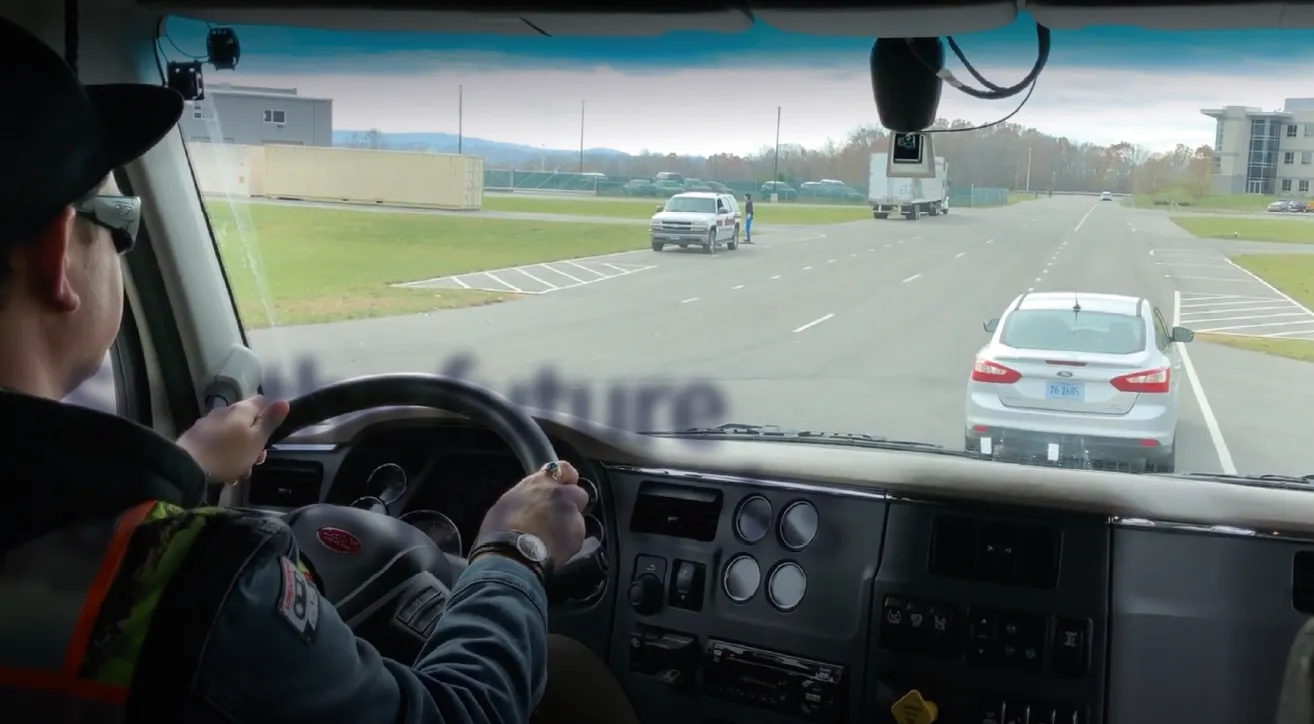
The Netherlands aims to lead Europe, and the world, in the area of cooperative ITS and smart mobility. That’s not an aspiration – it’s a necessity as Frans op de Beek, principal advisor for traffic management and ITS within the
Q: How do you characterise the Netherlands’ advances in smart mobility?
A: The Netherlands is not the only country that faces serious mobility challenges but we have long recognised that we need innovative solutions to keep our urban delta open, healthy and safe and to support our economic growth. We have a very dense traffic network which, if not managed in increasingly innovative ways, could overwhelm us. So, for The Netherlands, ITS creates an opportunity to foster innovation and strengthen our competitive position. But it is a lot more than technology. The greatest gains have resulted from cooperation and that is at the heart of every advance: cooperation between government, national, regional and local, industry and academia all working together and through carefully configured programmes.
Q:Can you provide an example?
A: There are many in the Netherlands, but probably the best example is
This year, Beter Benutten ITS wants to start deploying a road user messaging system that enables information to be gathered, processed and then distributed to the relevant road-users with quality, accuracy and at sub-second delivery rates. Furthermore, the Ministry is conducting several ITS programmes and projects in numerous areas including supermarket logistics, incident and event management, connected and cooperative ITS (shock wave mitigation) and travel information services,.
Within Beter Benutten, government and public authorities are not buying, but are supporting private investment and deployment, bringing private and public shareholders together, sharing risks and benefits. Behind the Beter Benutten-projects, which have a total public investment of 70 million euros in the next three years, are smartphones, computer clouds, fast telecommunication techniques delivering fast data exchange, and new services in support of user behaviour and experience.
Q: Is the structure for proving new mobility innovations strong in the Netherlands?
A: Absolutely. Indeed, here at Intertraffic Amsterdam 2016 the Netherlands is promoting its established capabilities as a test bed, sales market for smart mobility services and a provider of new breakthrough solutions. I can illustrate that capability with an example - the Amsterdam Practical Trial, a large-scale program of field operational trials putting the newest innovations to the test, both in cars and on the road. Nowhere else in the world is smart technology being applied for traffic management at such a large scale in daily traffic, with real cars and real drivers in the well-travelled Amsterdam region. By investigating which ideas and techniques are effective in practice, the trial collects the knowledge necessary to solve the problems of urban and non-urban area traffic congestion of the 21st century.
The key point is that the Netherlands does not just offer infrastructure but also an organised structure for realising shared evaluation criteria and standards on how to accomplish results in a changing field of public and private interests. This country has renowned knowledge clusters in the automotive and technology field so we offer a unique combination of automotive knowledge and expertise, manufacturing and high-tech industry.
Q: The Truck Platooning Challenge 2016 which was organised by the Netherlands is making an impact here at Intertraffic Amsterdam and obviously indicates that you are looking to international cooperation in smart mobility?
A: The Challenge is a real milestone event in bringing truck platooning a significant step closer to implementation which could become a reality by 2020. However, truck platooning can only reach its potential by crossing borders and this requires solutions to legislation and regulation issues. A key outcome of the Challenge has been the preparation of the Roadmap Truck Platooning 2020 which will be presented next week to all 28 European Transport ministers at the Informal Transport Council being held here in Amsterdam.
While the Truck Platooning Challenge is a headline-grabbing event that will long be remembered, it is just one example of an increasing, and necessary trend in international cooperation on intelligent mobility. Indeed, if we look at the C-ITS Corridor between the Rotterdam, Frankfurt and Vienna, , road operators from all three countries have started joint deployment of cooperative ITS in Europe with partners from industry. And there are similar corridors being developed, such as the NordicWay Corridor.
We need to focus on the future because, although the autonomous car still seems far away, the transition towards smart mobility is already in full swing. In the Netherlands the project Cooperative ITS Corridor and Rijkswaterstaat have introduced two cooperative traffic services and there is an important role for industry partners in these services. This project is an excellent opportunity for industry partners to gain knowledge and experience with cooperative services in an international setting. The project provides a basis for standardised cross-border future-oriented cooperative ITS services and Minister Schultz van Haegen wants the Netherlands to play a leading role in the introduction of this kind of innovative services and products.
Q: The Netherlands is also a partner, with France, Belgium and the UK in the new CEF proposal. What is the background to this and what will it achieve?
A: We are heavily involved in supporting The Connecting Europe Facility (CEF) that will contribute to the realisation of the Trans-European Transport Network (TEN-T) by financing key projects to upgrade infrastructure and remove existing bottlenecks whilst also promoting sustainable and innovative mobility solutions. In the context of the new CEF proposal between NL-BE-FR-UK, this so-called InterCor proposal is regarded as a strategic TEN-T project connecting existing European C-ITS initiatives from the Netherlands, Germany, Austria (C-ITS Corridor) with SCOOP@F in France and Corridor London-Dover in the UK. It is a strategic cooperation between front running Member States to achieve seamless cross border continuity of C-ITS services at a cohesive and consistent network. It not only focuses on the current C-ITS services under test, but will be a basis for future ‘beyond Day-one’ services towards automatic driving on a “Learning by Experience” approach. A major objective is to create a great momentum for standards particular related to Security, Hybrid communication and privacy for vehicle to vehicle and vehicle to infrastructure communication and by that creates a level playing field for industry.










